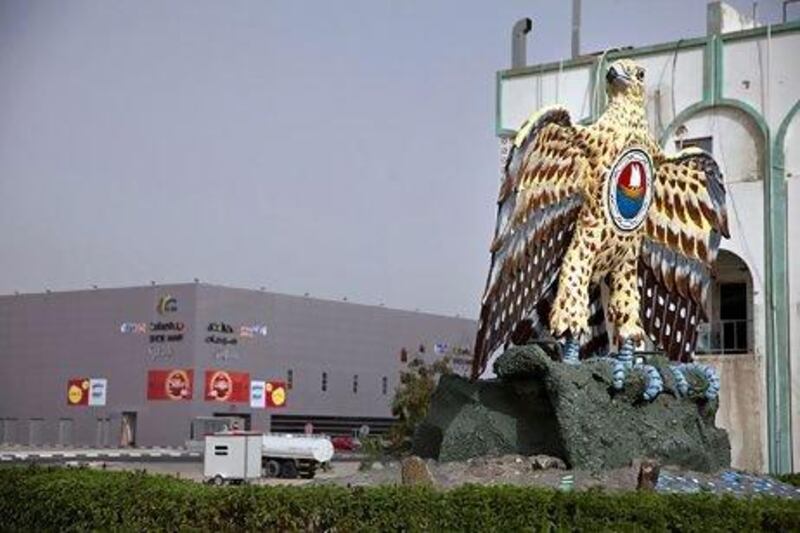Nearly 4 million square feet of land in the Western Region is being offered to developers free of charge in an attempt to bring much-needed homes, shops and community services to the underdeveloped region.
The Western Region Development Council (WRDC) said yesterday that it is hoping to attract local developers to put forward schemes for at least 3.9 million square feet of land it owns in the Western Region towns of Madinat Zayed, Liwa, Ghayathi, Ruwais, Mirfa, Sila and Delma Island.
The projects would initially bring 684 new town houses and flats to the region, also known as Al Gharbia, which the WRDC says would be likely to rent for prices similar or slightly higher than typical high-end rents in Abu Dhabi city with two-bedroom flats going for Dh75,000 to Dh85,000.
In return for providing the land free of charge, WRDC will charge developers a percentage of the scheme's rental income once the buildings are complete.
Developers will also be required to provide services such as new community shopping areas as well as office space.
A first project, a 248,000 sq ft mixed-use scheme of 110 flats and 130,000 sq ft of offices in three storeys, is being developed by the local developer NTCC and is expected to be completed this year.
WRDC says this is just the start of its ambitious plans for the region, whose population government figures predict to nearly treble from 133,800 in 2010 to a total 377,800 in 2030 as mega projects such as the Shams solar power plant, Etihad Rail and the UAE's first nuclear power plant open in the region.
"This is just the land that is currently committed for development, where plans have already been put in place," said Mohamed Al Hosani, the director of the regional development division at WRDC. "We have more land which is currently belonging to the government and which we can go to the private sector with to create showcases."
Major projects coming to the region such as phases three and four of the new Etihad Rail network are also likely to free up more government-owned land for development when they complete.
"In Ruwais, Delma and Liwa for example, we have 750,000 sq ft of land earmarked for development but because of the huge demand we are expecting that amount could be trebled because we could add land owned by Abu Dhabi Government," Mr Al Hosani said.
WRDC is also understood to have had early stage discussions with banks about setting up a development fund for the region but is thought to have abandoned these in favour of a bottom-up approach of attracting small local developers.
At a presentation to potential investors at the Al Gharbia Development Forum in Abu Dhabi, Tom Moore, the director for development management at Capita Symonds, which is advising WRDC on its strategy to attract inward investment into the region, said that despite having no budget to build new schemes, WRDC was liaising with major public-sector employers in the area to engineer deals that effectively amounted to rental guarantees.
"We are talking to organisations such as Abu Dhabi Education Council. They don't want to build housing. They want to build schools. Elsewhere Adwea [Abu Dhabi Water and Electric Authority] require housing to support the staff they will be bringing in to build and operate the new power and desalination plant in Mirfa," he said.
"That means there's an opportunity for someone to come in and build those houses with a ready-made tenant."
However, Mr Al Hosani said that WRDC had struggled to find investors who could make schemes in some of these areas stack up because the income produced by housing rents was offset by the fact that they were often needed to subsidise low retail rents in the schemes to attract retailers.





